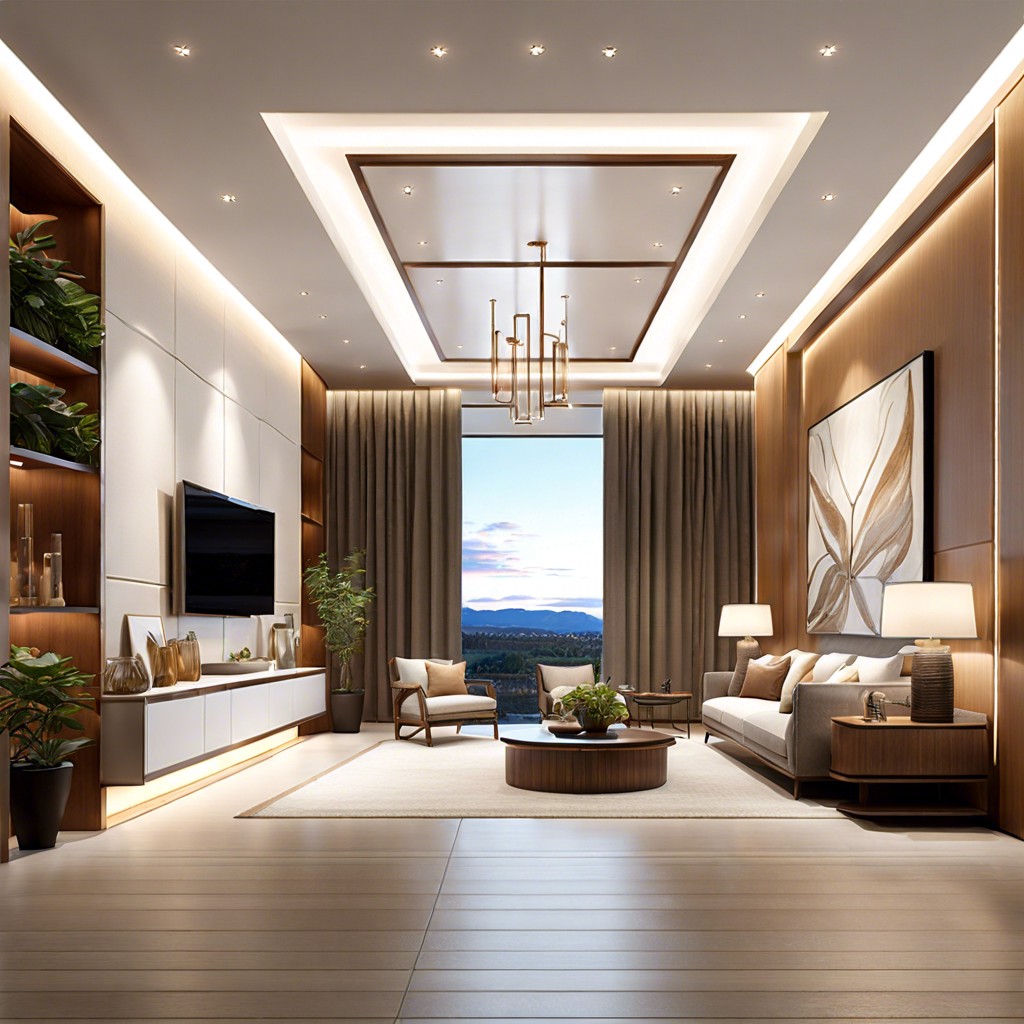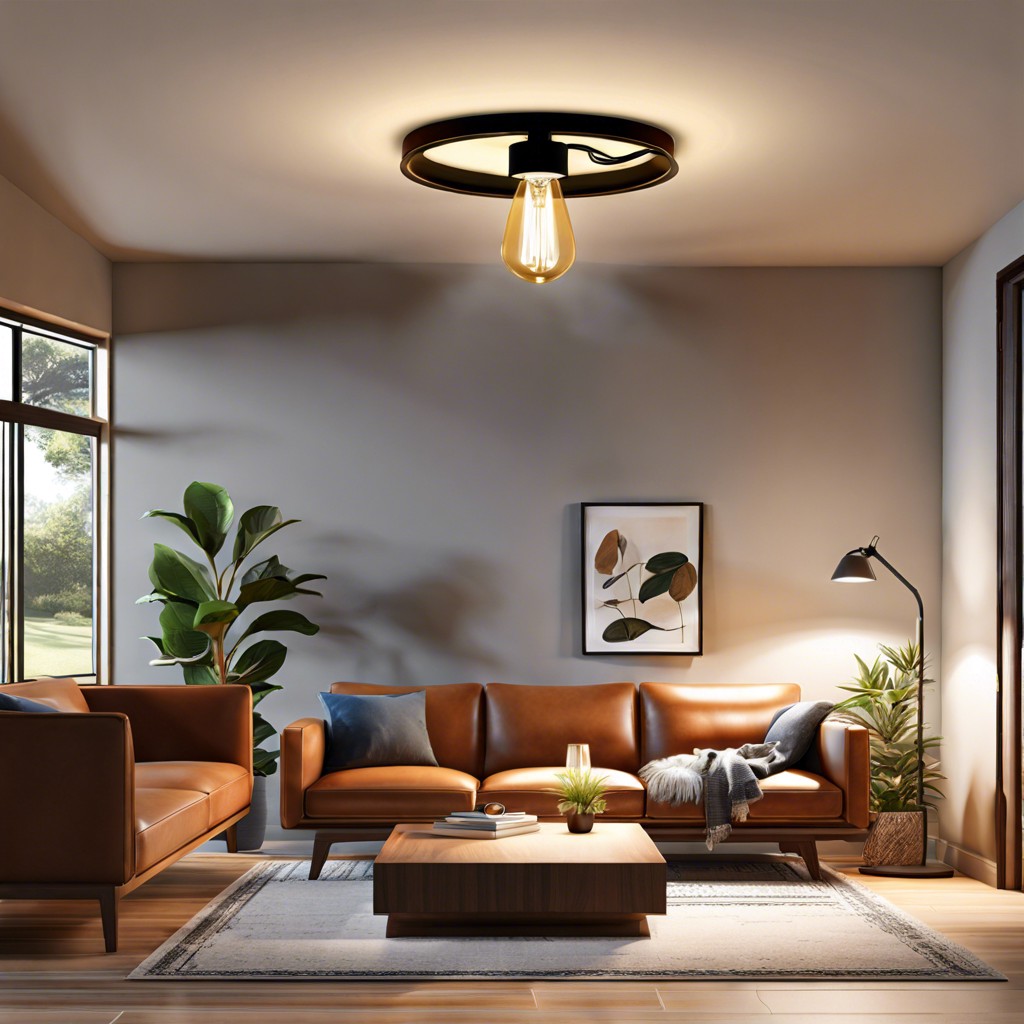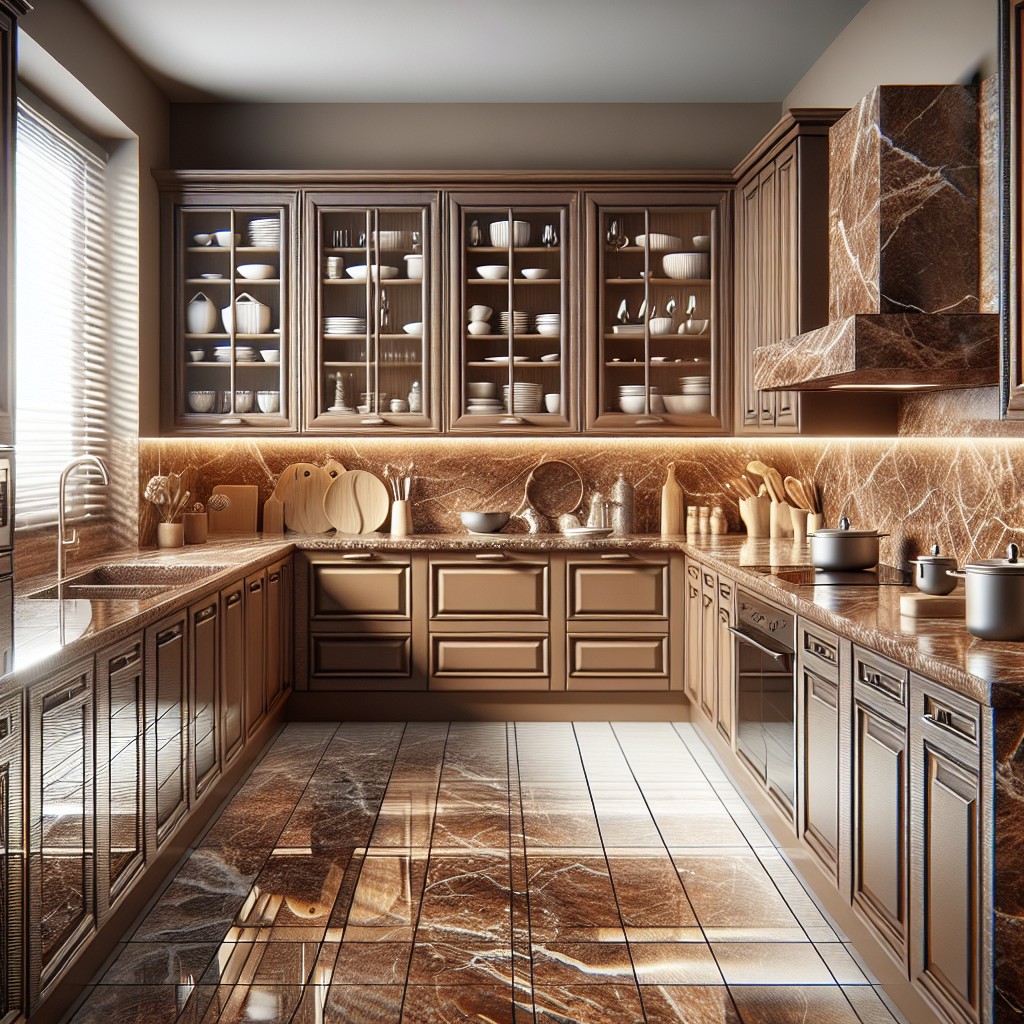Last updated on
Discover the pros and cons of recessed and pendant lighting options for your home decoration needs.
One of the most common debates among homeowners is whether they should go for recessed or pendant lighting.
I remember one particular client who was torn between the two options. She had just moved into a beautiful new home and wanted to make sure every detail was perfect.
She had already chosen her furniture, curtains, and color scheme, but she was at a loss when it came time for lighting.
She loved the sleek look of recessed lighting but also wanted something that would make a statement in her dining room. As we sat down together to discuss her options, I could see the stress in her eyes as she tried to decide which direction to go in.
That’s when I realized just how important choosing the right type of lighting can be for homeowners. It’s not just about illuminating a space; it’s about creating an atmosphere and setting the tone for your home.
So if you’re struggling with this same decision, don’t worry – you’re not alone! In this article, we’ll break down everything you need to know about recessed vs. pendant lighting so you can make an informed decision and confidently create your dream space.
What's Inside
Recessed Lighting Overview
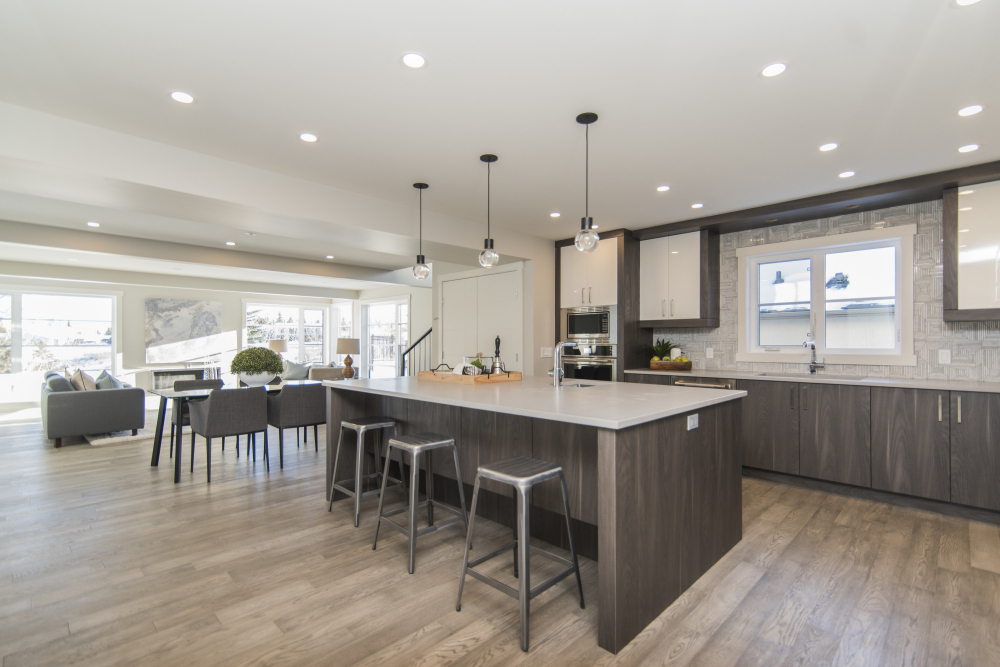
Recessed lighting, also known as can lights or downlights, is a popular choice for homeowners who want to create a clean and modern look in their home. These fixtures are installed into the ceiling and provide direct light that shines downward onto the room below.
During my consultation with my client mentioned earlier, I explained to her that recessed lighting is perfect for creating an even distribution of light throughout a space. It’s ideal for rooms where you need bright task lighting such as kitchens or bathrooms.
One of the benefits of recessed lighting is its versatility. They come in different sizes and shapes which makes them suitable for any room size or shape.
They can be used with dimmer switches allowing you to adjust brightness levels according to your needs.
However, it’s important not to overdo it when installing these types of lights since too many may make your ceiling appear cluttered instead of sleek and modern-looking. Recessed Lighting provides direct light from above making them great options if you’re looking at illuminating specific areas within your home while maintaining an overall minimalist aesthetic feel
Pendant Lighting Overview
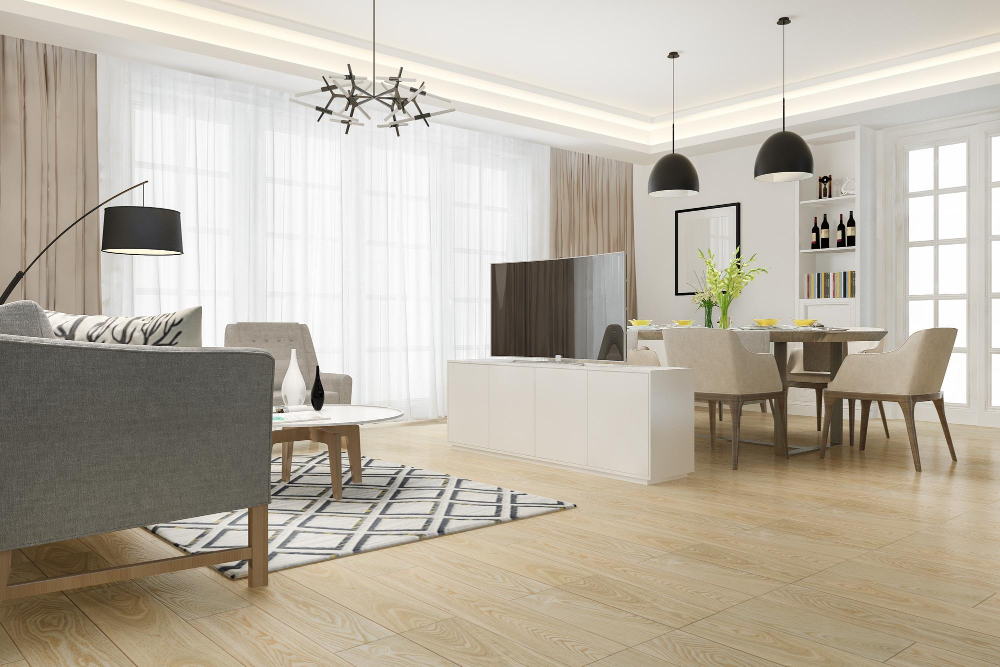
When it comes to pendant lighting, the options are endless. From modern and sleek designs to more traditional and ornate fixtures, there’s a pendant light for every style preference.
Pendant lights hang from the ceiling by a cord or chain and typically feature one or multiple bulbs enclosed in a decorative shade. For my client who wanted something that would make a statement in her dining room, we ultimately decided on an elegant crystal chandelier-style pendant light that complemented her existing decor perfectly.
One of the benefits of choosing pendant lighting is its versatility. They can be used as task lighting over kitchen islands or workspaces, as accent pieces in living rooms or bedrooms, or even as statement pieces above dining tables.
However, it’s important to keep in mind that because they hang lower than recessed lights do require adequate space between them and any furniture below them. Depending on their design they may not distribute light evenly throughout the room like recessed lights do but instead create focused pools of illumination which can add depth and interest to your space when placed correctly.
Pendant Lighting offers homeowners many different styles with versatile uses around their homes; however proper placement is key due to hanging lower than other types of fixtures while also creating focused pools rather than distributing evenly throughout spaces like Recessed Lighting does
Installation Differences
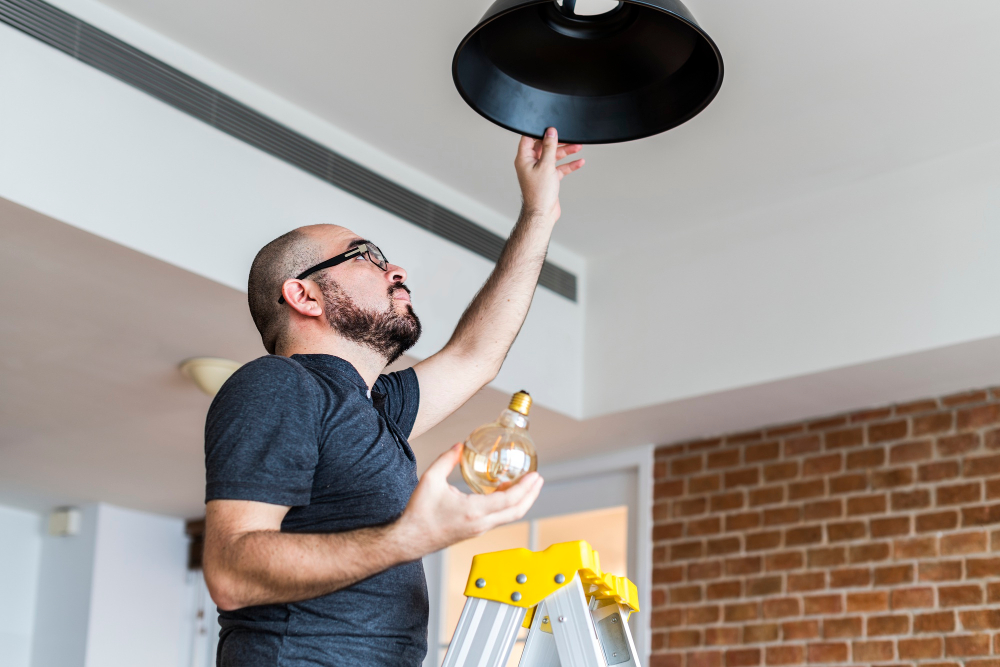
Once my client and I had discussed the aesthetic differences between recessed and pendant lighting, we moved on to installation. This is an important factor to consider because it can affect both the cost of your project as well as how long it will take to complete.
Recessed lighting requires a bit more work during installation than pendant lights. It involves cutting holes in your ceiling or walls where you want the lights installed, running electrical wiring through those holes, and then attaching fixtures into place.
Depending on how many lights you want installed, this process can be time-consuming.
Pendant lighting is generally easier to install since they only require one hole for mounting purposes. However, if you’re installing multiple pendants in a row or cluster arrangement like my client wanted for her dining room space; additional support may be needed which could add some complexity.
It’s also worth noting that if you have high ceilings or limited access above them (such as with concrete slabs), recessed lighting may not be feasible without significant modifications being made beforehand – so keep that in mind when making your decision!
Aesthetics and Style
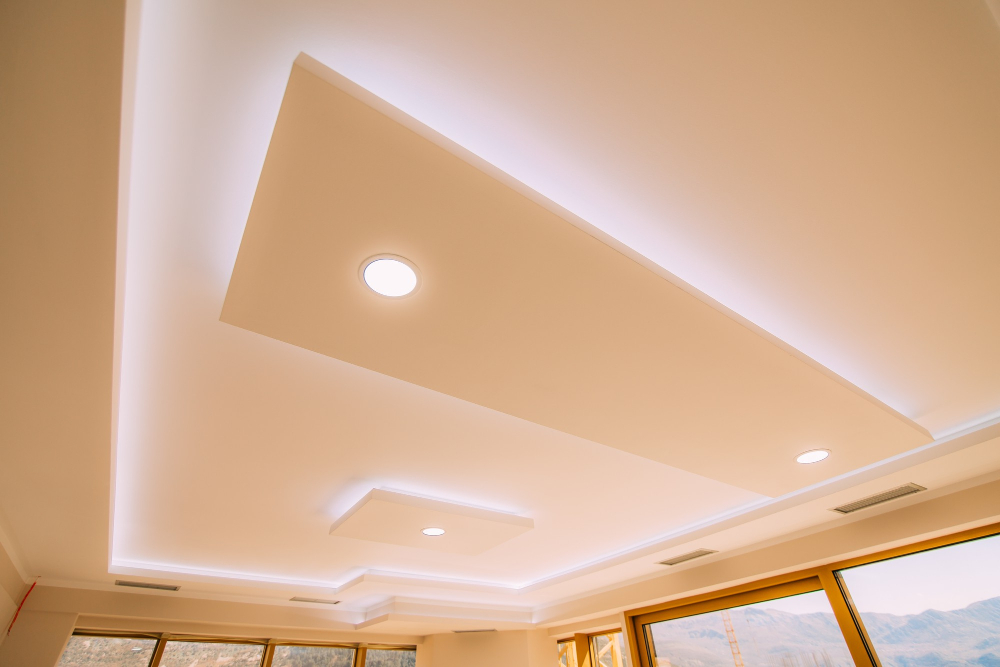
When it comes to aesthetics and style, both recessed and pendant lighting have their unique advantages. Recessed lighting is known for its sleek, modern look that can blend seamlessly into any room without taking up too much visual space.
It’s perfect for those who want a minimalist feel or have low ceilings where hanging fixtures may not be practical.
On the other hand, pendant lighting can add a touch of elegance and drama to any space. With so many styles available – from classic chandeliers to trendy geometric shapes – you’re sure to find something that fits your personal taste and complements your decor.
During my consultation with the client mentioned earlier, we decided on using recessed lights in her living room area as she wanted a clean look with no distractions from her artwork collection on display. However, in her dining room area where she wanted more ambiance during dinner parties; we opted for an elegant crystal chandelier-style pendant light fixture which added just enough glamour without overpowering the rest of the décor elements.
Ultimately when choosing between recessed vs. Pendant lighting based on aesthetics & style preferences – consider what kind of mood you want each specific space in your home should evoke before making a decision!
Light Distribution
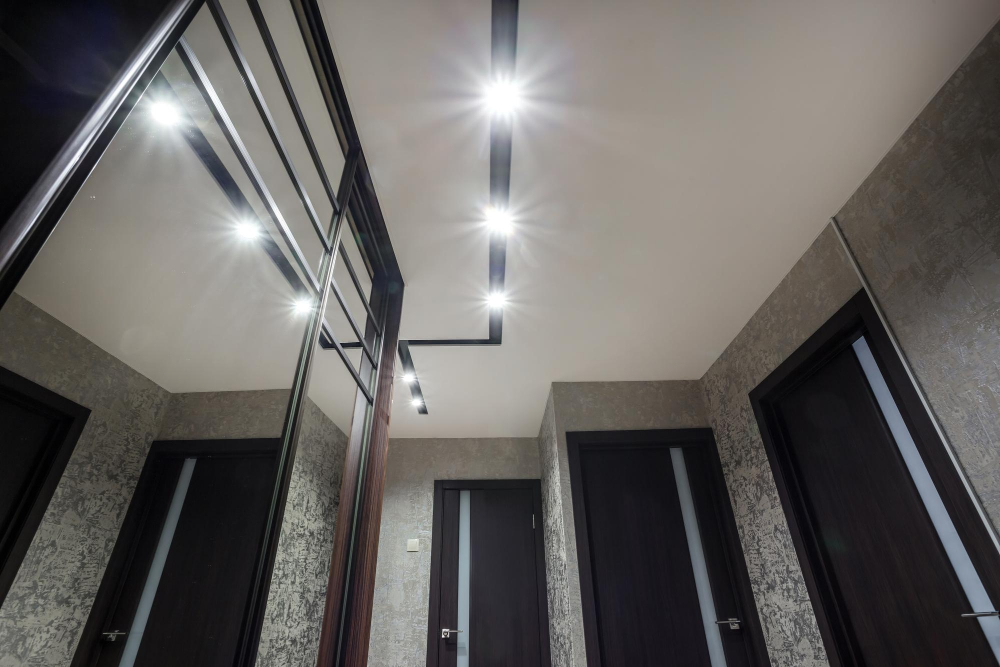
As my client and I continued to discuss her lighting options, we delved deeper into the differences between recessed and pendant lighting. One of the key factors we considered was light distribution.
Recessed lights are typically installed in a grid pattern on the ceiling, providing even illumination throughout a room. This makes them ideal for general ambient lighting or task-oriented spaces like kitchens or home offices.
Pendant lights, on the other hand, provide more focused light that can be directed onto specific areas such as dining tables or kitchen islands. They also add an element of visual interest to a space with their unique shapes and designs.
Ultimately, it comes down to personal preference and how you plan to use your space. If you want uniform illumination throughout your room without any distractions from decorative fixtures then recessed lighting may be best for you; but if you’re looking for something that adds character while still providing functional light then pendant lights might be just what your home needs!
Space Requirements
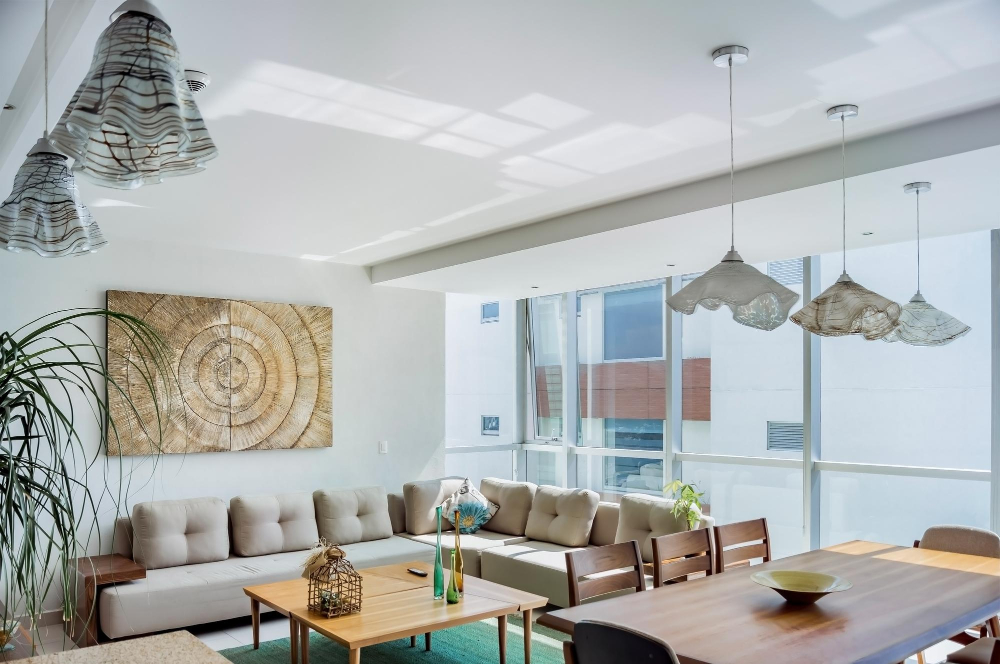
When it comes to choosing between recessed and pendant lighting, one important factor to consider is the space requirements. Recessed lighting requires a certain amount of clearance above the ceiling in order for them to be installed properly.
This means that if you have low ceilings or limited space between floors, recessed lighting may not be an option.
On the other hand, pendant lights require vertical space rather than horizontal clearance. They need enough room from floor-to-ceiling so they can hang freely without obstructing any walkways or furniture below them.
Going back to my client’s dilemma – she had high ceilings in her dining room which made both options viable choices for her. However, after discussing with her how she planned on using the space and what kind of atmosphere she wanted to create during dinner parties with friends and family; we decided that a statement-making pendant light would add just enough drama while still providing ample illumination over her table.
So before making your decision based solely on aesthetics or energy efficiency alone – make sure you take into account your home’s unique spatial limitations as well!
Energy Efficiency

As my client and I continued to discuss her lighting options, we also talked about the importance of energy efficiency. With so many people looking for ways to reduce their carbon footprint and save money on utility bills, it’s no surprise that this is a major consideration when choosing lighting.
When it comes to energy efficiency, both recessed and pendant lighting have their pros and cons. Recessed lights are typically more efficient because they’re installed directly into the ceiling or wall without any additional fixtures or hardware.
This means there’s less heat loss through gaps around light fixtures. On the other hand, pendant lights can be more efficient if you choose LED bulbs instead of traditional incandescent ones.
LEDs use significantly less electricity than incandescents while still providing plenty of light output. Ultimately, your choice will depend on your priorities – whether you prioritize style over function or vice versa – but keep in mind that making an eco-friendly choice doesn’t mean sacrificing aesthetics!
Cost Comparison

As a homeowner, it’s important to consider the cost of any home improvement project. When it comes to lighting, both recessed and pendant options can vary in price depending on factors such as materials used and installation requirements.
In general, recessed lighting tends to be more expensive due to the additional labor required for installation. This is because they need a hole cut into the ceiling for each light fixture which can add up quickly if you have multiple rooms or areas that require them.
On the other hand, pendant lights are typically less expensive since they don’t require any special wiring or cutting into your ceiling. However, keep in mind that if you opt for higher-end materials like crystal or brass pendants then costs will increase accordingly.
Ultimately when deciding between recessed vs. Pendant lighting based on cost alone may not be enough reason as there are many other factors at play such as aesthetics and functionality of each option.
So before making your final decision make sure you weigh all these considerations carefully so that you end up with an option that fits both your budget and style preferences while providing adequate illumination throughout your space!
